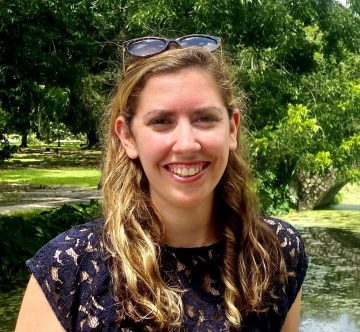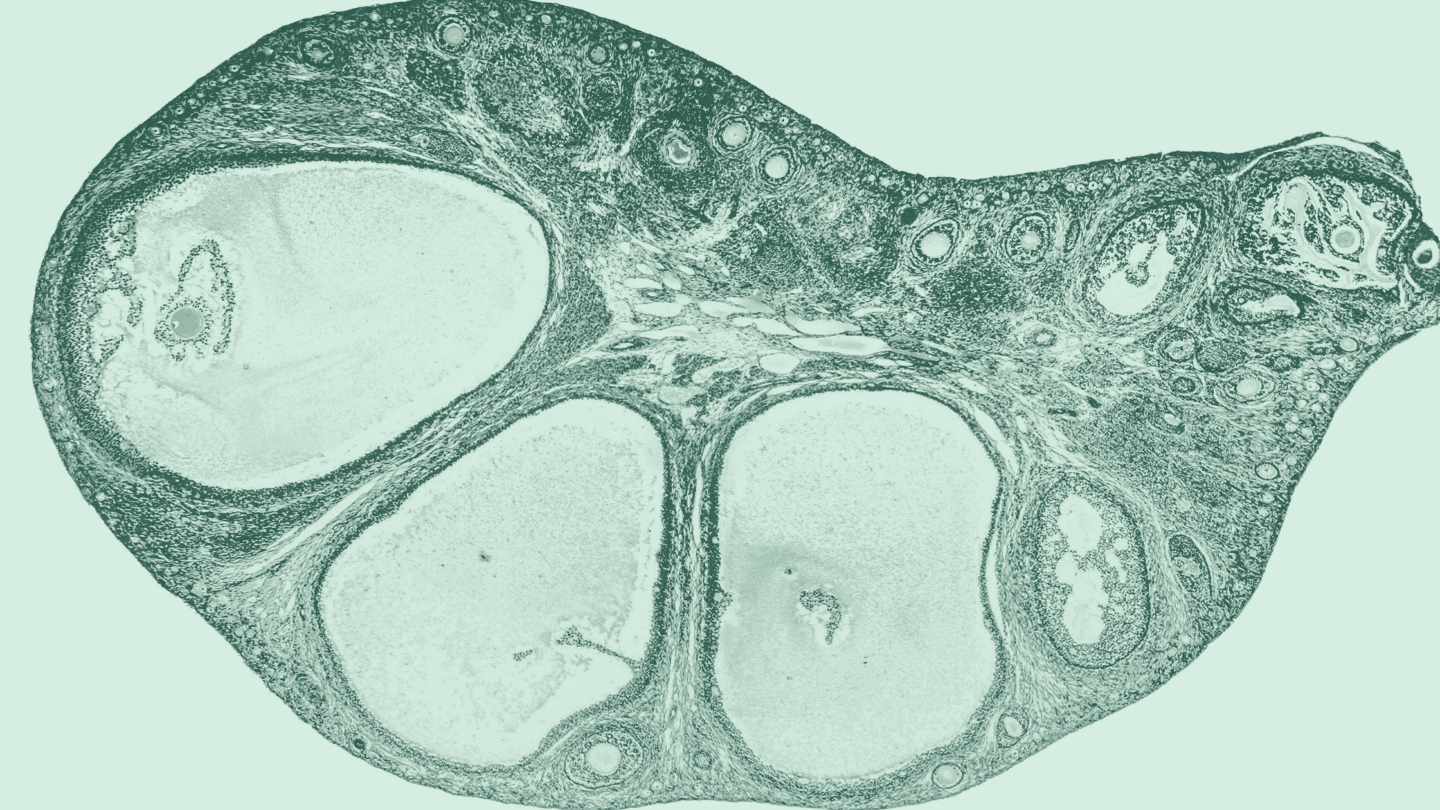Where have you learned the most about sex — was it from friends? The internet? Or from actual educators? In U.S. schools, many young people barely learn about their own reproductive anatomy, much less the social, cognitive, and emotional aspects of sex — and that’s a problem.
In the past decade, only 50 percent of adolescents had access to sex education that met the bare minimum standards set by the U.S. Department of Health and Human Services.1 But decades of research show that comprehensive sex ed is key to making sure young people make informed and healthy decisions about their bodies.2
Not only can comprehensive curricula help stop the spread of STIs and curb unintended pregnancies, but it can influence decision-making skills that people carry with them for the rest of their lives.
What is comprehensive sex education?
Comprehensive sex education (CSE) is curriculum-based instruction designed to teach young people about many aspects of sex and sexuality. It’s an umbrella term for educational programs that don’t only discuss the physical part of sex, but also cover the cognitive, emotional, and social aspects of it as well.3-6
While programs differ based on a student’s age, region, and needs, they are uniformly aimed at the same goal: equipping young people with the knowledge to understand the impacts of their behaviors, make good decisions, and mitigate risk. These programs rely on medically-accurate information that can be shaped into lessons to fit the needs of diverse communities.
Think of comprehensive sex ed as the holistic way to look at sexual health. This means covering topics like3:
- Anatomy
- Consent
- Body image
- Interpersonal relationships
- Self-advocacy
- Gender identity and sexuality
- Social and societal norms surrounding sex
- STIs
- Contraception
- Pregnancy
- Abstinence
- Sexual pleasure
- Sexual violence and abuse
The content and format of comprehensive sex ed lessons change through life. The American Academy of Pediatrics says that sex ed is most effective when it starts young, manifesting through age-appropriate discussions that take place well before someone has sex for the first time.3
Learning about factors like consent, self-advocacy, and sexual diversity can benefit adolescents — and the people they will encounter — throughout their lives.
So what does that look like in practice? Parents and teachers can answer young children’s questions about anatomy and gender, and teach concepts like consent in everyday life. (For example, children can learn that adults are only allowed to hug them if they grant permission first.)
Those early lessons can be a foundation for more advanced questions as children become adolescents. When done right, comprehensive sex ed equips young people with accurate information, critical decision-making skills, and a positive attitude toward their bodies.5
Like what you’re reading? Get the latest straight to your inbox 💌
How comprehensive sex ed leads to better health outcomes
While not everyone has access to comprehensive sex ed, data shows that these kinds of programs help adolescents make better decisions for their well-being compared to abstinence-only programs or no formal sex ed at all.
A scientific study from 2008 found that students who received comprehensive sex ed had a significantly lower risk of teen pregnancy compared to those who didn’t.7 On the other hand, a separate report found that abstinence-only sex ed correlated with higher rates of teen pregnancy.8
Abstinence-only sex ed correlated with higher rates of teen pregnancy
Teaching adolescents about sex in a comprehensive way also does not lead to adolescents having more sex. In fact, research shows that they often have less sex than those who are only taught abstinence. They also don’t have higher STI rates, either.7
What comprehensive sex ed does correlate with is an abundance of caution and preparedness. One study found that cisgender women were more likely to delay the first time they had sex, and also use contraceptives when they had intercourse for the first time if they went through a comprehensive sex ed program.9
Is adyn right for you? Take the quiz.
But the full scope of benefits goes beyond avoiding STIs and pregnancy. It can shape young people’s views of the world, their relationships with others, and how they treat themselves.
Sex ed’s lasting effects
Since comprehensive sex ed is meant to be holistic, students learn about the full context of sexuality, rather than just its physical aspects. That understanding can lead to healthier lives – and a healthier society — in a wide variety of ways.
One scientific report reviewed 30 years of research on comprehensive sex ed and found that these programs had many broad-reaching, positive effects on young people.10 The programs helped students:
- Appreciate gender and sexual diversity
- Prevent dating and intimate partner violence
- Develop healthy relationships
- Improve social/emotional learning
- Increase media literacy
Accepting the diversity of others, recognizing unhealthy relationships, and being socially and emotionally aware of the impact of individual choices all have critical effects on society. Teaching comprehensive sex ed isn’t just about personal change – it’s also about showing young folks how to respect others and recognize each person’s autonomy.
While the data shows that it can help mitigate the risk of adolescent pregnancy and STIs, comprehensive sex ed also helps young people develop decision-making skills that will follow them through life. And the broader effects of sex ed can lead to a more inclusive, informed, and empathetic society.
Recommended Resources
- Guttmacher Institute informational handout on comprehensive sex ed
- UNESCO toolkit
- CDC What Works In Schools: Sexual Health Education
- Scarleteen, inclusive resources on sex ed and relationships for young adults
- Advocates for Youth lesson plans
- WISE toolkit
Did you know adyn is able to serve users of all ages?
☎️ Schedule a call with us to learn more!
-
- Lindberg, Laura D., and Leslie M. Kantor. “Adolescents’ receipt of sex education in a nationally representative sample, 2011–2019.” Journal of Adolescent Health 70.2 (2022): 290-297.
- Goldfarb, Eva S., and Lisa D. Lieberman. “Three decades of research: The case for comprehensive sex education.” Journal of Adolescent Health 68.1 (2021): 13-27.
- American Academy of Pediatrics. “The Importance of Access to Comprehensive Sex Education.” AAP.org (Updated 2022 Aug 11): Accessed 2023 Jun 26.
- UNESCO. “Comprehensive Sexuality Education Implementation Toolkit.” CSEToolKit.UNESCO.org (2014-2023): Accessed 2023 Jun 26.
- Guttmacher Institute. “A Definition of Comprehensive Sexuality Education.” Guttmacher.org (N.D.): Accessed 2023 Jun 26.
- Centers for Disease Control and Prevention. “What Works In Schools: Sexual Health Education.” CDC.gov (Updated 2023 Mar 13): Accessed 2023 Jun 26.
- Kohler, Pamela K., Lisa E. Manhart, and William E. Lafferty. “Abstinence-only and comprehensive sex education and the initiation of sexual activity and teen pregnancy.” Journal of Adolescent Health 42.4 (2008): 344-351.
- Stanger-Hall, Kathrin F., and David W. Hall. “Abstinence-only education and teen pregnancy rates: Why we need comprehensive sex education in the U.S.” PLOS One 6.10 (2011): e24658.
- Cheedalla, Aneesha, Caroline Moreau, and Anne E. Burke. “Sex education and contraceptive use of adolescent and young adult females in the United States: an analysis of the National Survey of Family Growth 2011–2017.” Contraception: X 2(2020): 100048.
- Goldfarb, Eva S., and Lisa D. Lieberman. “Three decades of research: The case for comprehensive sex education.” Journal of Adolescent Health 68.1 (2021): 13-27.








